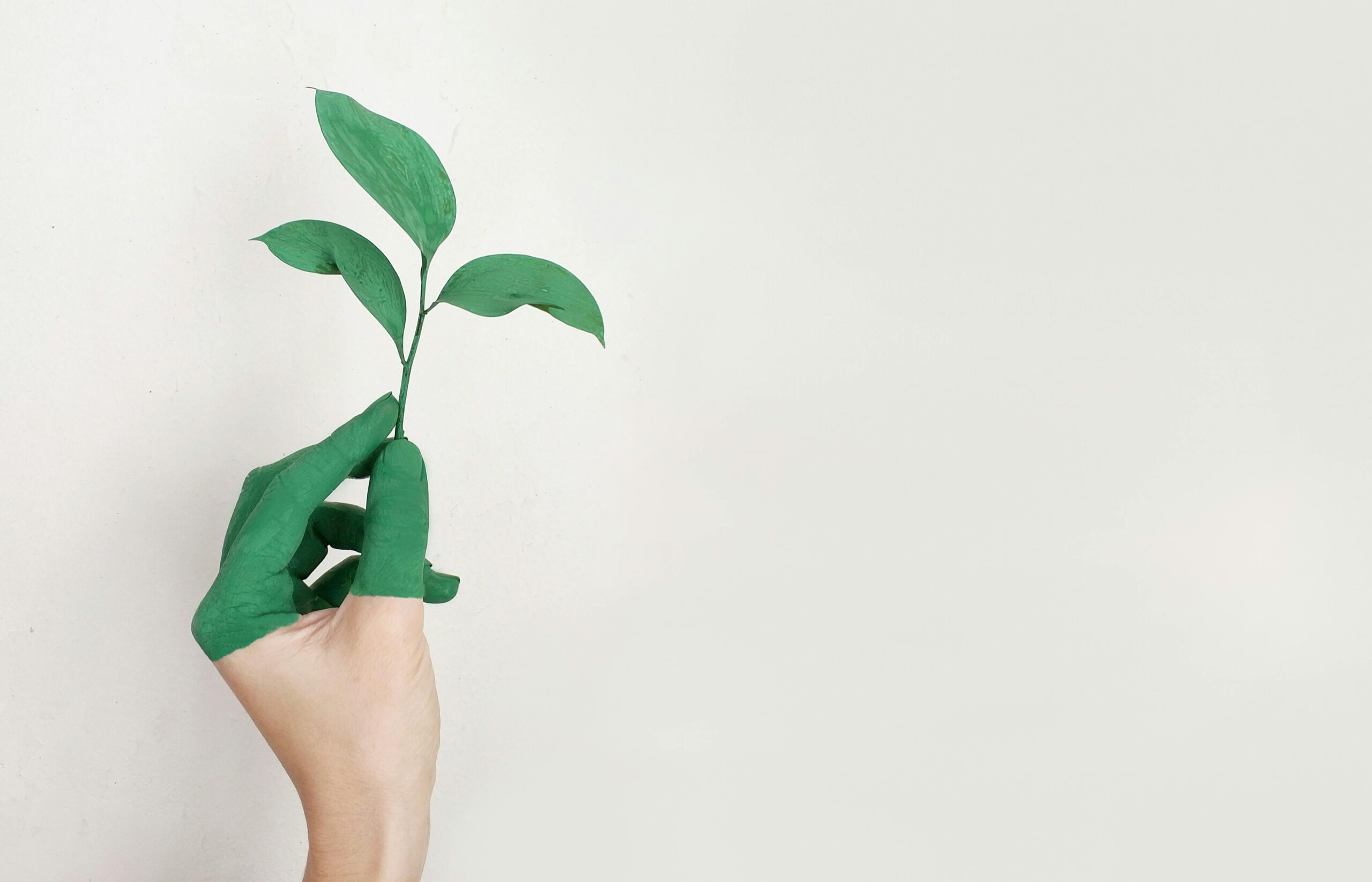It’s the most potent vitamin I’ve ever experienced. It’s proven to make us happier, helps with decision focus, lowers blood pressure and reduces aches and pains. It helps us cope with everyday stress, recover more quickly from illness and improves resilience in the face of trauma.
GRATITUDE
It’s not quite as simple as naming a few things you’re grateful for at night. When I first started this practice, I would give thanks for my child, my dog Ellie and the ability to support my family, to name just a few. My son would say things like “I’m grateful for Ellie, my IPad and boba tea”. Being thankful is just a momentary experience. Gratitude and having a grateful disposition involves noticing what’s going right, recognizing grace and the contribution of others towards that grace and the expression of gratitude in words or deeds. Truly grateful people don’t take things for granted.

Robert A. Emmons, Ph.D., is the world’s leading scientific expert on gratitude. He is a professor of psychology at the University of California, Davis, and the founding editor-in-chief of The Journal of Positive Psychology. He defines 4 facets of gratitude:
INTENSITY
Someone with a grateful disposition experiences positive events more intensely than would another person.
FREQUENCY
A grateful individual might report such feelings several times a day and could be elicited by the simplest favours or acts of kindness.
SPAN
This refers to the number of life circumstances for which a person feels grateful for at any given time. One could be truly grateful for their family, their career, health, life, friends, experiences etc.
DENSITY
Density refers to the number of people for whom one feels grateful for a single circumstance or outcome. For example, someone who is grateful for their job, might acknowledge and be equally grateful for those who made that job possible, such as family, teachers, mentors, God etc.
Dr. Emmons suggests cultivating gratitude by looking through these 4 facets, identifying where weaknesses and strengths may lie and working actively at finding more to be grateful for. The goal is to go from feeling gratitude to being grateful.
DAILY PRACTICES
The best way start working on a gratitude practice is setting some time aside each day to think about all of the gifts, benefits and good things you enjoy. These could be very ordinary and mundane events. Gratitude journaling became a “thing” in the 90’s thanks to Oprah Winfrey, but much research has been conducted since then on its effect on psychological and physical well-being. There are no “rules” for journaling other than making it a consistent practice. What starts to happen is that you’ll come out of the daze of life and begin noticing the gifts. That’s what you start writing about. Try to relish in it as much as possible, be aware of your feelings and see each aspect as a blessing. “It was the first rain of the season. What a gift” or “The fact that work was cancelled and I was able to spend this beautiful day with my son was a miracle”. The act of writing helps organize thoughts and integrate our experiences, creating meaning in life. I’d sign up for that.
Journaling works because putting thoughts to words on paper slows the thinking process down. It allows more time for reflection. Research has shown that grateful people use words such as “gifts”, “fortune”, “abundance” etc. Words shape our reality. We begin to see more gifts and blessings and fewer burdens and curses.

THREE KEYS TO GRATITUDE JOURNALING
- Specificity: Rather than saying “I’m gratful for my mom”, think “I’m grateful for all of the years of sacrifices she made so that I could have an education. I’m grateful for the 2,400 or so lunches she prepared for me over 17 years”. Truth comes in the details. We tend to take details for granted less, and they also help us recognize the giver’s efforts. Try to write 5 sentences.
- Surprise: Events that are unexpected produce stronger emotions than events that were anticipated. (I can’t help but think of how my son still hunts for all of his Christmas gifts the entire month of December. He gets better every year). An example could be “I expected to come home and cook diner for my son, but to my surprise, he used some of his allowance money to buy me my favourite take out so that I could just relax”.
- Scarcity: If we know a positive event will end, we tend to appreciate it more; a sense of “now or never”. For example, if your closest friend was moving away, how would you treat the time you had together? This is the kind of stuff you should journal about.
So much to savor, so much to be grateful for. And since I’m not sure of the address to which to send my gratitude, I put it out there in everything I do.
Michael J. Fox
I found these techniques to help me go beyond the obvious list I’d run night after night. Everyone is different and practicing gratitude looks different for everyone. I find one’s faith has lots to do with it. My mother prays. This feels natural for her, and I know she’s deeply disappointed that reciting prayers on a rosary wasn’t ever something I did. I see God in my son, in my dog, in the warmth of a stranger, the making of a new friend or moment of serendipity. It’s the perfect joke in the perfect moment or the answer to problem I’ve been contemplating for weeks. I wouldn’t say my practice is more or less effective than my moms, but it works better for me. As mentioned above, writing my thoughts down onto paper at night helps me contemplate by slowing down and also integrating. Find what works for you.
I know it almost seems a little too simple. It really does work, thanks to a part of the brain called the RAS. I’ll get into how the reticular activating system works another time, but I challenge you to google it for fun.
5 tips for gratitude journaling
1) Take 5-10 min at least every second day.
2) Try not to write a “list of stuff”, but rather look for gratitude density, and give details of each entry.
3) Look for unexpected surprises.
4) Think about aspects in your life that you a prone to take for granted.
5) Let the feelings linger a while. Elaborate on the details of each blessing as best you can.





Comments +